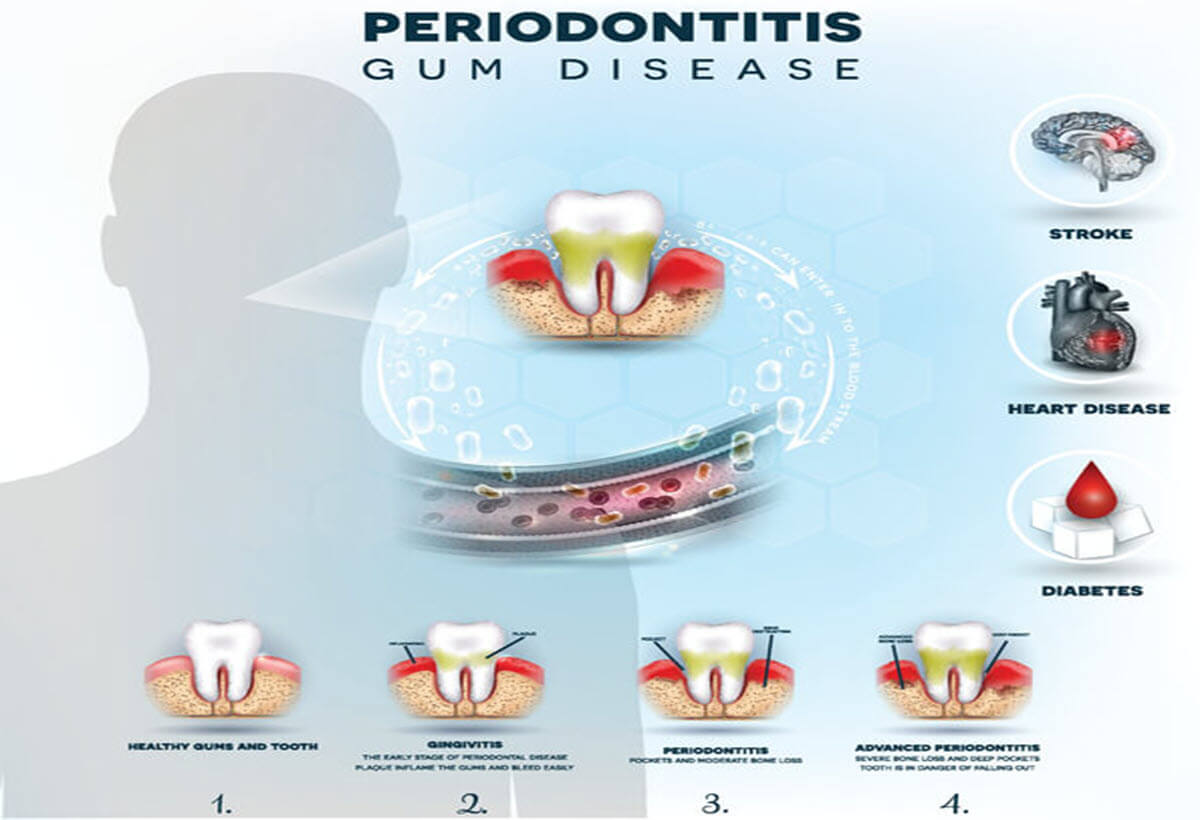Your dentist or periodontist just told you that you have deep pockets around your teeth and you need periodontal treatment. It is important for you to know about current opinions in the dental community regarding periodontal disease treatments and what your options are.
The primary cause of periodontal disease is excessive plaque and calculus on the root of the tooth. Treating periodontal disease always involves treating the root surface, with the goal of removing as much plaque and calculus as possible. This can be performed in two ways. In the closed, non-surgical approach, the gums are left in place. In the open, surgical approach, the gums are lifted off the bone.
Typically, treatment begins with the least invasive approach, called non-surgical scaling and root planing, sometimes called deep cleaning. The patient is usually given local anesthesia so the gums are numb. Plaque and calculus are then removed from the root. Traditionally this has been performed with hand instruments and ultrasonic or piezoelectric devices.
New Periodontal Disease Treatments
Recently, laser treatment has been used in conjunction with scaling and root planing. Laser treatment has been approved for nonsurgical treatment by the FDA but it has not been approved by The American Academy of Periodontology. The research has not shown scaling and root planing with lasers to be more effective than traditional scaling and root planing.
There are landmark articles published in the 1980s which show that 57% to 68% of calculus remains on the root surface when traditional scaling and root planning is used. In other words, a significant amount of calculus still remains on the root. This is because the dental professional cannot see or feel the residual calculus during treatment. Although the body can improve its health with traditional scaling and root planing or scaling and root planing in combination with laser treatment, a large part of the root is still contaminated with the cause of periodontal disease. Since these methods of treatment have limited results, periodontal surgery is still frequently needed to regain full health.
Wouldn’t it be great if there was a closed, non-surgical procedure in which the root can be seen under the gum and most, if not all, of the calculus could be removed? Over the past year, I have been using my microscope for scaling and root planing. I have significantly greater vision and illumination and can see down the small space between the tooth and gum tissue. I can now remove calculus that would have been left behind with traditional methods. This has resulted in outstanding reduction and even elimination of deep pockets, without the need for surgery. My patients have been thrilled with this new technique. Who wouldn’t be happy with the possibility of avoiding gum surgery?
Please feel free to call the office at (212) 702-9088 with any questions, or use our online form to quickly book an appointment.
